Book your appliance repair today!
Urgent “washer repair near me” from our company is the guarantee of professional assistance, the fastest possible response to solving problems, replacement of necessary parts, and affordable repairs.
Book online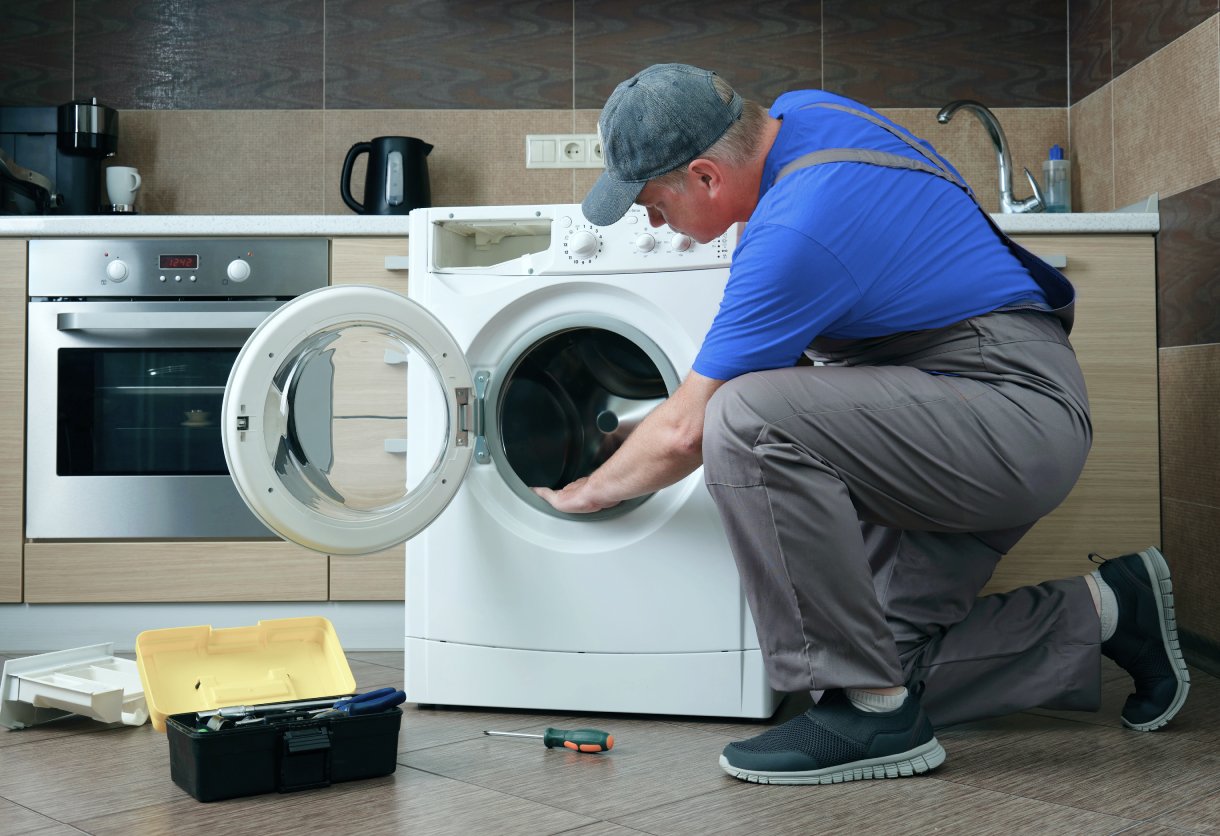
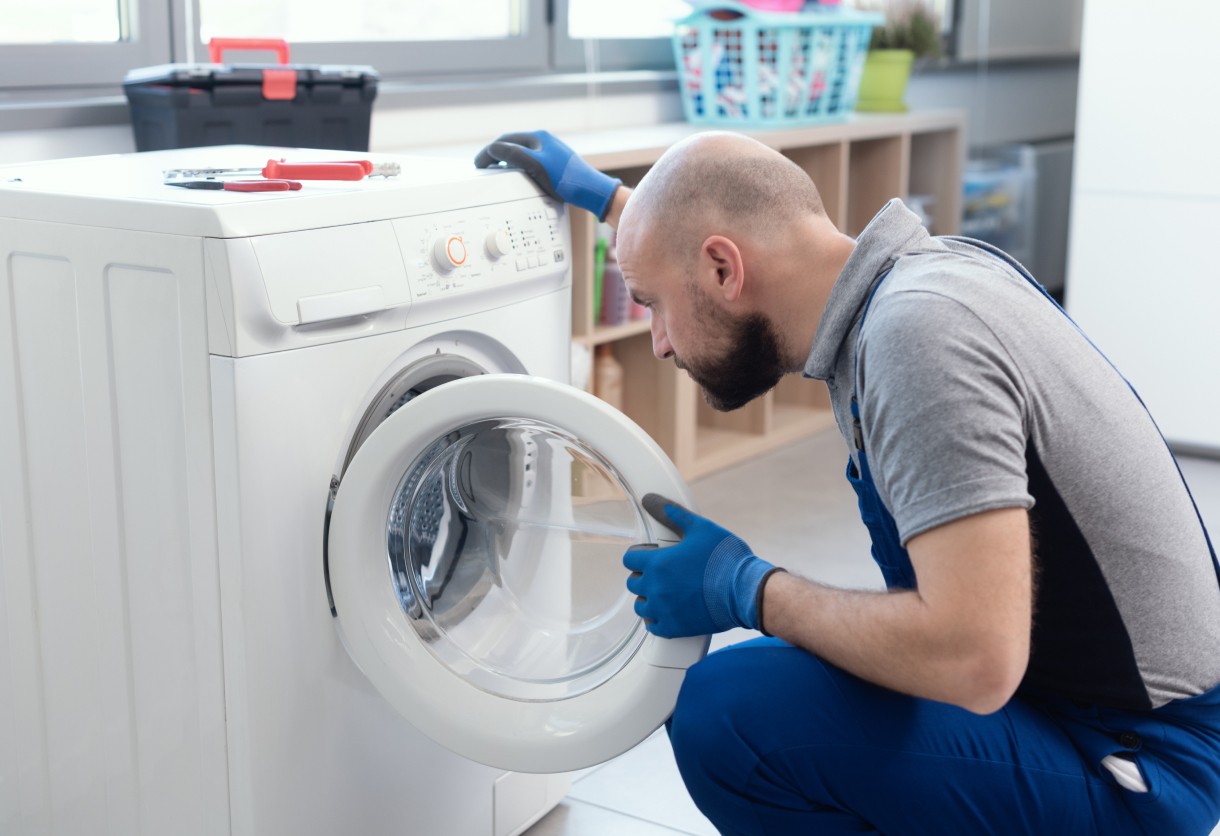
Are you experiencing issues with your washing machine that won’t fill water? A broken home appliance can be incredibly frustrating, especially if it prevents the completion of even the smallest tasks. Fortunately, there are several common reasons for this problem. Knowing the potential causes of a non-filling washer can help you diagnose and fix the breakdown quickly.
We have resolved many requests where people would complain about their washer not filling up with hot or cold water. In some cases, water wouldn’t enter the unit simply because someone in the house closed the water supply valve.
The issue can be quickly resolved by simply turning the switcher on. Ensure the water supply is turned on and the machine is supplied with cold and hot water.
Electrical power is essential for the machine to operate correctly, and if there is a break in the connection, it can prevent it from functioning properly. In order to fix this issue, it’s important to first locate the source of the problem. If it’s a loose wire, you’ll need to tighten it and ensure all connections are secure. If there is an issue with the circuit breaker, then you should replace it with one that meets your local code requirements.
Additionally, if your washer has an onboard electrical control board, then you may want to check for any damage or signs of wear and tear that could cause an issue with the power supply. By identifying and resolving these issues early on, you can help ensure that your appliance runs smoothly and without interruption in the future.
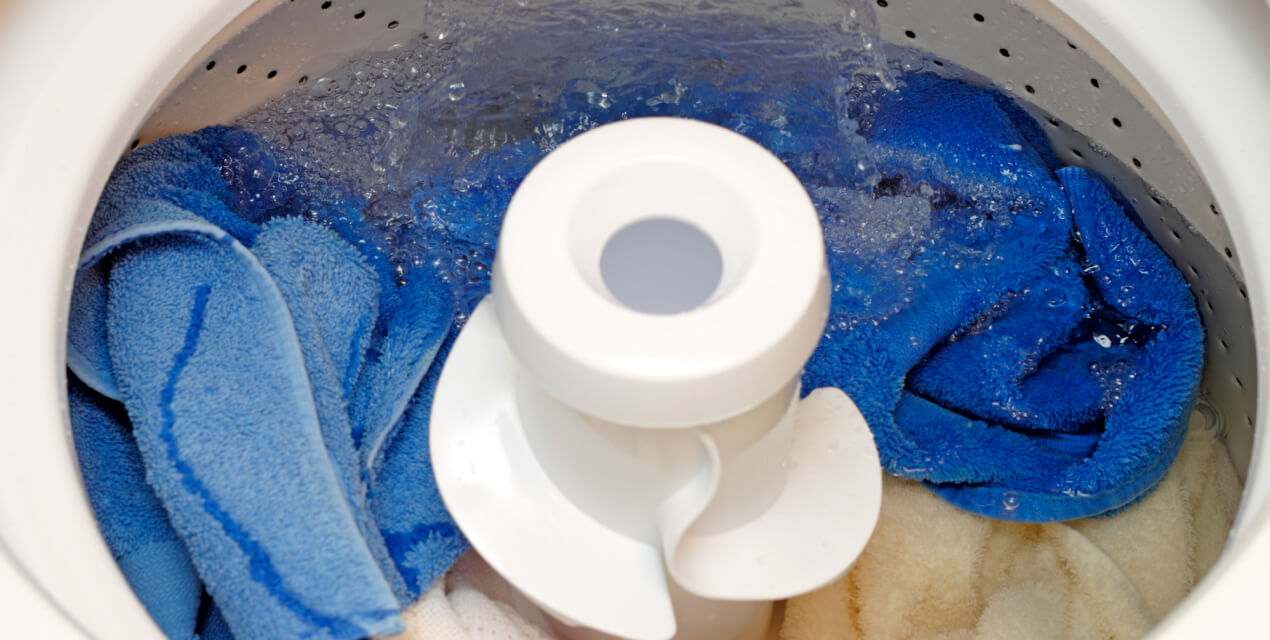
If water is not filling the washing machine, the problem could be clogged water supply hoses. To keep your washer running properly, it’s important to check these hoses for any blockages on a regular basis.
First, turn off the main water line leading to your washer. Then, unscrew the two hoses connected to it and remove any buildup that may be present. Clean out debris from both ends of each hose using a stiff brush or a vacuum cleaner if necessary. Once you’ve thoroughly cleaned them out, reattach the hoses back on both sides of your washer and turn on the main water valve again.
Your water inlet valve might have failed or become clogged up with calcium or due to age. That’s why your washer does not fill with water. Remove the top cover of the unit and inspect the valves. Turn the machine for different temperature cycles—cold, warm, hot.
If you have more than 3 valves, make sure to activate every single of them. Place your finger carefully on each valve. If the valve is buzzing and making vibrations, but no water is coming in, most likely, it’s faulty.
The water level sensor ensures the right amount of water enters the machine for each cycle. It also works as an overflow protection device so that no excess water enters during the cycle. To check if it’s working properly, follow these steps:
If your washing machine still is not filling properly, you may need to replace the water level sensor entirely. Consult your owner’s manual for instructions on how to do this.
The inlet screens are located where the water hoses connect to your washing machine. These grids prevent debris from entering the machine and clogging it. Over time, these grids can become clogged with dirt and debris. If this happens, your washing machine will not be able to receive enough water.
To prevent problems due to a clogged inlet screen, you should regularly check both hot and cold water screens for debris or buildup. Simply disconnect the hoses from the back of your washer and unscrew the screens located on each hose connection. Rinse any dirt or sediment out of them using a small amount of water before replacing them securely onto their respective hose connection points.

Urgent “washer repair near me” from our company is the guarantee of professional assistance, the fastest possible response to solving problems, replacement of necessary parts, and affordable repairs.
Book online
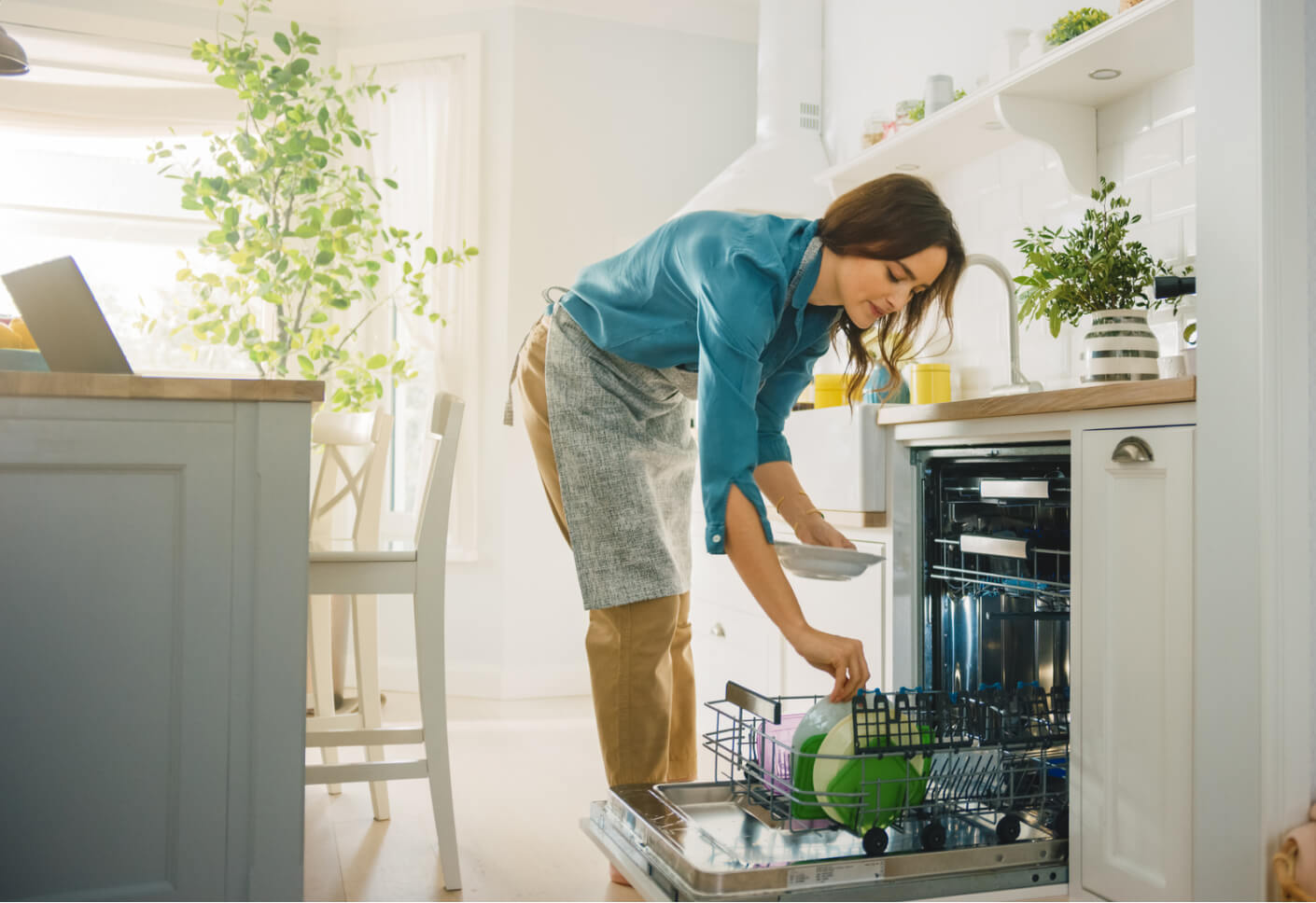
Learn how to troubleshoot and restore water flow to your dishwasher quickly and effectively.
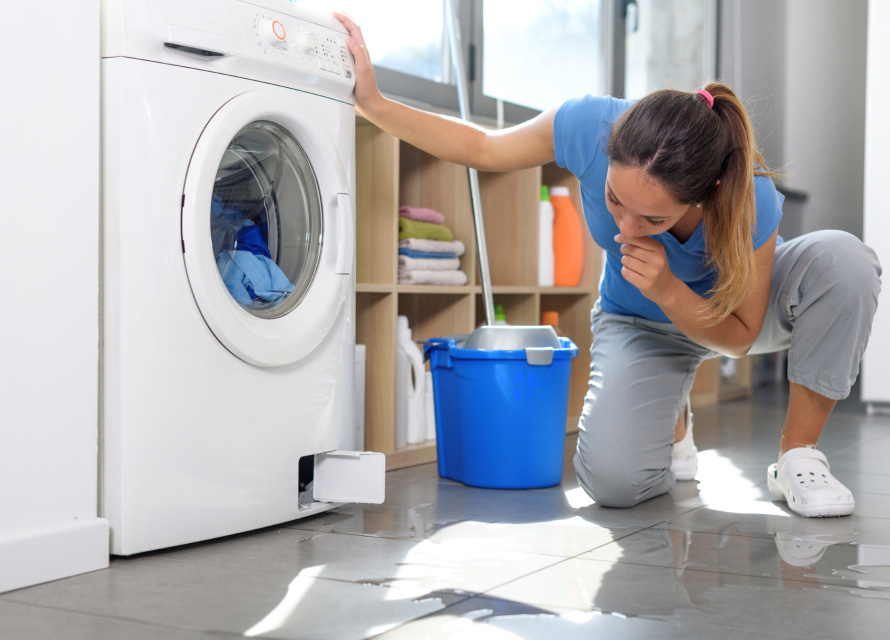
Fix a bottom leak in your Samsung washer with these easy-to-follow steps to prevent further damage.

Read about the most common washing machine issues and ways to fix them.
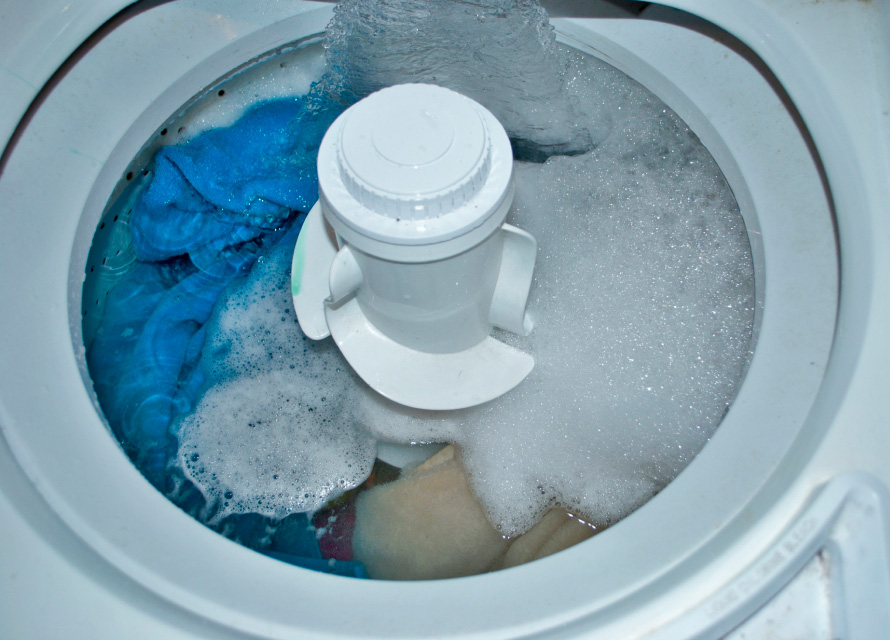
Learn how to fix your Samsung washer if it’s not draining properly with these helpful steps.